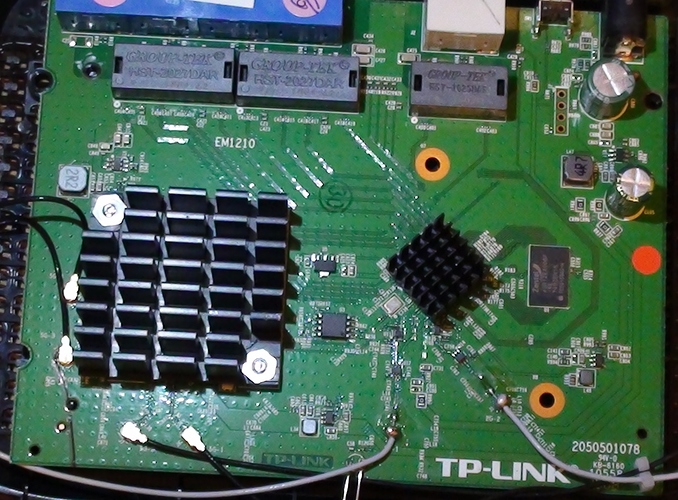hi,
I have just recently ordered a TP-LINK TL-WDR7400 for 50$ and I am wondering what I will be getting and if I will be able to install openwrt?
there seems to be a AC1750 and a AC2100 version, see links below.
TP-Link TL-WDR7400
Qualcomm Atheros QCA9561
ROM:8 MB
RAM:64 MB
Qualcomm Atheros QCA9561 + QCA9880
1750 Mbps
Qualcomm Atheros QCA9561
1000 Mbps
TP-Link TL-WDR7400 AC1750 (450Mbps & 1300Mbps) Version 3x3 MIMO
TP-Link TL-WDR7400 AC2100 (1733Mbps & 300Mbps) MU-MIMO
I would like to run mosquitto, ABP and squid on it.
I would like to get information on the follwing subjects:
get USB working
get UART bootloader access
install a mPCIe expansion / riser card
install mPCIe SATA, USB3.0 & SD SDHC SDXC to Mini PCIe Memory Card expansion board to give squid some room to play with.
NAS
4G / LTE via USB dongle
RAM / ROM chip upgrade
Is there some information on that probably even for the TP-Link TL-WDR7500 or Archer C7?

